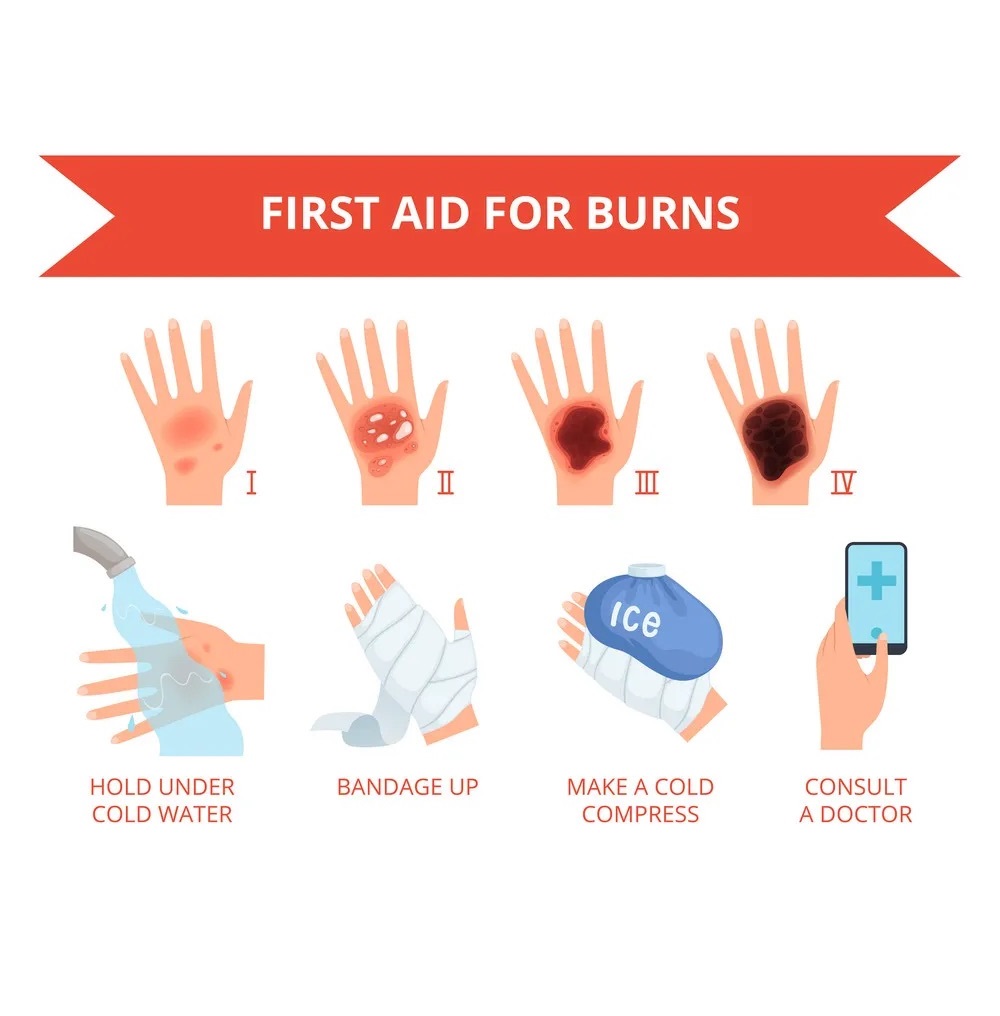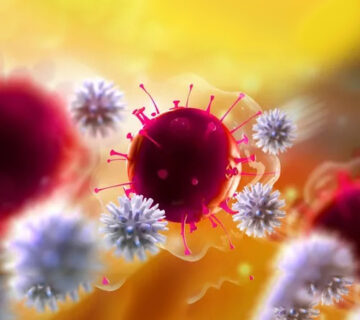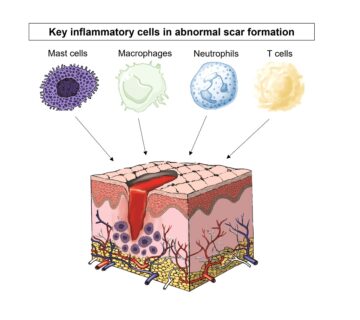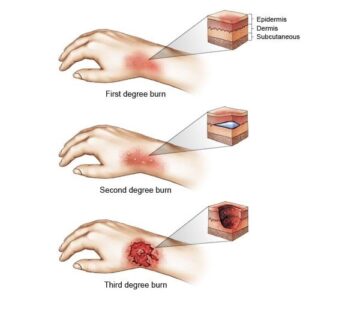Mechanism of electrical burns
When electrocuted, the electric current enters the body from a point and exits from the place where the body is in contact with the ground. The points where the electric current enters and exits are seen as holes, but not only this, but the entire path of the electric current in the body is damaged. The electric current while passing through the body causes the destruction of cells, tissues and possibly organs by producing heat. The amount of damage depends on the thickness of the skin, the amount of humidity, the temperature, the amount of salt in the skin and the path of the flow through the body. For example, if the path of current passing through the body is from hand to hand, that is, electricity enters from one side and exits from the other hand, due to the current passing through the heart and lungs, the severity of the consequences will be much greater, and if the electrocution is in the head, it will lead to death. It will be caused by suffocation.
The most determining factor in the intensity of electric current
In addition to these factors, the intensity of voltage and the duration of electricity passing through the body and the type of electric current and frequency (in fact, frequency is the most determining factor in the intensity of electric current) have an effect on the severity of injuries. The symptoms of burns caused by electric shock include numbness of the limbs to their complete paralysis, feeling confused, skin lesions, and in more severe cases, muscle and muscle pains, as well as changes in blood pressure and convulsions, cardiac arrest due to high voltage, and in addition to these complications. Psychic is immediately after electrocution or delayed.
Mechanism of burns with boiling water
The mechanism of burn with boiling water is that the high heat destroys the protein in the cells. The damage caused by the burn is different depending on the degree of burn. Burns caused by boiling water can be very dangerous and leave significant effects on the skin and tissues of the body and can even cause death. In addition to the surface and subsurface layers of the skin, this type of burn may also burn and affect organs such as bones and muscles. In a superficial burn, the surface layers of the skin are involved. It causes swelling, inflammation, redness, and burning sensation. In more severe cases, the lower layers of the skin are also involved, causing blisters, swelling, accumulation of fluids, and burning. It takes 2 to 3 weeks to heal this type of burn, and in more severe burns, in addition to the skin, muscle tissue and fat tissue are also damaged.
Injuries caused by burns with boiling water
In this type of burn, the mechanism of the burn is such that the skin dies, becomes stiff and inflexible, and the ends of the nerve endings are destroyed, and the pain from this type of burn returns to the areas around the burn that have lower degrees. These people need to heal. The use of antibiotics and combined drugs is under the supervision of a doctor. The mechanism of burns with boiling water depends on how long the boiling water was in contact with the body and how much of the person’s skin and body was involved, as well as the speed of the person’s or those around him. It depends on how much the burn has been cooled.
Mechanism of chemical burns
In the mechanism of burns with chemical substances, most people mistakenly think that burns are caused only by acidic substances, while burns with chemicals are divided into two categories of substances. Alkaline substances and acidic substances, both of which are very dangerous and harmful. When the skin of the body or different parts of the human body is created with chemicals whose pH is different from the pH of the body. Chemical burns are directly related to the concentration and amount of chemicals, as well as the length of time a person has been exposed to those chemicals. Chemical burns require continuous care, and chemicals, either in solution or in powder form, must be immediately removed from the skin. Clean and wash the area with a lot of water.
Damage caused by hydrochloric acid and sodium hydroxide
Most chemical burns are caused by strong acids such as hydrochloric acid and sodium hydroxide. These substances cause the cells to burn and thus destroy the cells. Long-term exposure can severely destroy human tissues, and if the person survives, it leads to physical weakness and disability. Other chemicals such as oxidants and some metals also They may cause similar chemical burns. Limiting the amount of time you are exposed to each of these chemicals can reduce their effects to some extent.
Effects of burns with alkaline chemicals
Alkaline burns caused by industrial cleaning agents as well as kitchen surface cleaners, as well as substances in fertilizers and construction materials such as alkaline cement, generally cause incisional wounds due to attachment to skin lipids and a graded reaction of protein destruction and progressive necrosis and corrosion. creates texture; These wounds allow chemicals to enter the deeper parts of the tissues. A lot of washing with water is the primary treatment for these types of burns.
Effects of burns from acidic chemicals
However, burns caused by acidic chemicals are characterized by a necrotic clot and protein deposition, and this skin reaction creates a barrier against the acid, which further limits the penetration of the acid. Most chemical burns occur on the face, eyes, hands, arms, and legs. Usually, a chemical burn will be relatively minor and only require outpatient treatment; But chemical burns can be deceptive, some factors can cause deep tissue damage that is easily revealed when people go to medical centers.







بدون دیدگاه